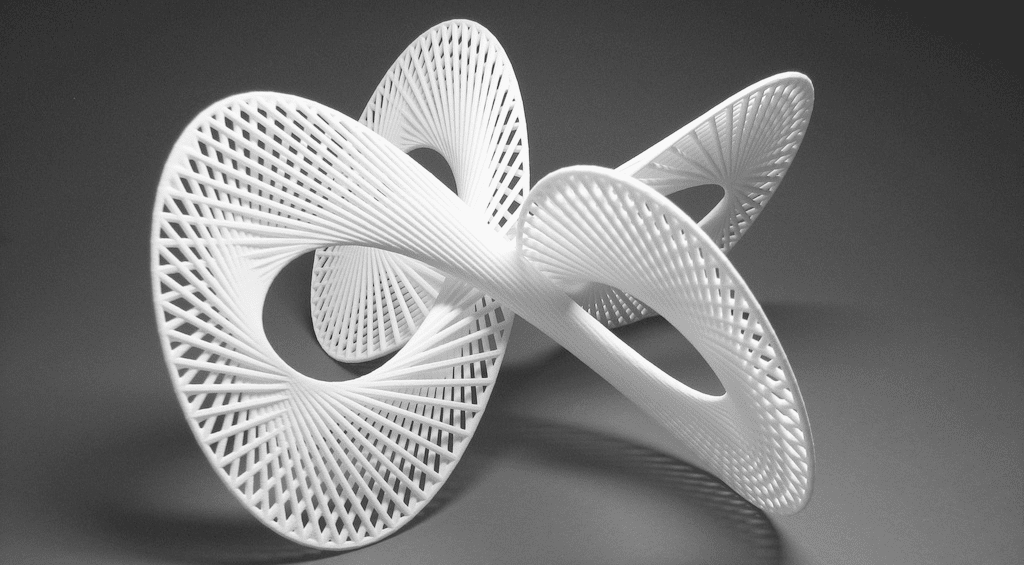3D printing has witnessed remarkable growth in recent years, revolutionizing manufacturing and healthcare industries. As entrepreneurs delve into the realm of 3D printing service businesses, they encounter many challenges that demand innovative solutions. In this comprehensive guide, we’ll delve into the intricacies of the 3D printing service business, unraveling common issues and providing actionable insights to overcome them.
Introduction to 3D Printing Service Business
In essence, 3D printing, also known as additive manufacturing, involves the creation of three-dimensional objects from digital designs. This technology enables the production of intricate prototypes, customized components, and even finished products, offering unparalleled flexibility and efficiency. A 3D printing service business operates as a provider of additive manufacturing services, catering to clients’ diverse needs across various sectors.
The Growth of 3D Printing Industry
The journey of 3D printing traces back to the 1980s when it first emerged as a novel concept. Since then, advancements in technology and materials have propelled the industry forward, fostering exponential growth. Today, the 3D printing market encompasses diverse applications, including aerospace, automotive, healthcare, and consumer goods, with a projected value of billions of dollars by 2025.
Common Challenges Faced by 3D Printing Service Businesses
Despite its transformative potential, the 3D printing service business encounters several hurdles to success. Quality control emerges as a primary concern, with variations in print accuracy and surface finish compromising the integrity of printed objects. Material limitations pose another challenge, restricting the range of applications feasible with existing resources. Moreover, equipment maintenance demands meticulous attention to ensure optimal performance, while intellectual property issues loom ample, necessitating robust legal safeguards.
Solutions to Overcome Challenges
Addressing these challenges requires a multifaceted approach that blends technological innovation with strategic management. Implementing stringent quality assurance processes enables 3D printing service businesses to uphold consistent standards and deliver superior outcomes. Concurrently, investing in research and development endeavors expands the repertoire of available materials, unlocking new possibilities for innovation. Furthermore, adhering to a regular maintenance schedule minimizes downtime and operational efficiency, while proactive legal protection strategies safeguard against intellectual property infringement.
Importance of Customer Service in 3D Printing Service Business
Amidst the technological complexities, the human element remains paramount in the 3D printing service business. Cultivating strong customer relationships and prioritizing responsive communication fosters trust and loyalty, positioning the business for sustained success. Whether guiding clients through the design process or addressing post-printing inquiries, exceptional customer service sets businesses apart in a competitive landscape.
Marketing Strategies for 3D Printing Service Businesses
Effective marketing strategies are pivotal in driving business growth in an increasingly digital world. Establishing a robust online presence through search engine optimization (SEO), engaging content marketing initiatives, and active social media participation amplifies visibility and attracts prospective clients. 3D printing service businesses can captivate audiences and convert leads into loyal customers by showcasing expertise, showcasing past projects, and soliciting client testimonials.
Case Studies of Successful 3D Printing Service Businesses
Illustrating the principles in action, case studies offer valuable insights into the strategies employed by thriving 3D printing service businesses. From small-scale startups to multinational corporations, diverse success stories underscore the transformative potential of strategic innovation and client-centric service delivery.
Future Trends in the 3D Printing Service Industry
Looking ahead, the horizon of 3D printing brims with possibilities driven by emerging trends and technological advancements. The proliferation of advanced materials expands the scope of applications, enabling the production of previously unimaginable designs. Automation and robotics herald a new era of efficiency and scalability, streamlining production processes and minimizing human intervention. Furthermore, customization and personalization emerge as critical differentiators, empowering consumers to tailor products to their unique preferences and requirements.
Conclusion
In conclusion, the 3D printing service business presents a dynamic landscape with opportunities and challenges. By navigating obstacles with ingenuity and resilience, entrepreneurs can carve a niche in this burgeoning industry and leave an indelible mark on the future of manufacturing. As the journey unfolds, let innovation be your compass and customer satisfaction your guiding star.
FAQs
1. What is the primary advantage of 3D printing technology?
- 3D printing technology offers unparalleled flexibility in design and production, enabling easy creation of complex geometries and customized components.
2. How can businesses address quality control issues in 3D printing?
- Implementing rigorous quality assurance protocols and investing in advanced printing technologies can help businesses maintain consistency and precision in their outputs.
3. What role does intellectual property protection play in the 3D printing industry?
- Intellectual property protection is crucial in safeguarding proprietary designs and preventing unauthorized replication or distribution, thereby preserving the value of innovation.
4. How can 3D printing service businesses leverage social media for marketing?
- 3D printing service businesses can leverage social media platforms to expand their reach and attract new clients by sharing engaging content, showcasing completed projects, and actively engaging with their audience.
5. What are some emerging trends shaping the future of the 3D printing industry?
- Advanced materials, automation, and customization are among the key trends shaping the future of the 3D printing industry, driving innovation and expanding the realm of possibilities.
6. How can entrepreneurs differentiate their 3D printing service businesses in a competitive market?
- By focusing on exceptional customer service, embracing technological advancements, and fostering a culture of innovation, entrepreneurs can differentiate their 3D printing service businesses and carve out a unique position in the market.
7. What are some key considerations for selecting 3D printing materials?
- Factors such as strength, durability, flexibility, and cost-effectiveness should be considered when selecting 3D printing materials to ensure compatibility with the intended application and desired outcomes.
8. How can businesses stay abreast of advancements and trends in the 3D printing industry?
- Engaging in continuous learning, networking with industry peers, and staying informed through relevant publications and conferences are effective ways for businesses to keep abreast of advancements and trends in the dynamic field of 3D printing.

0 Comments